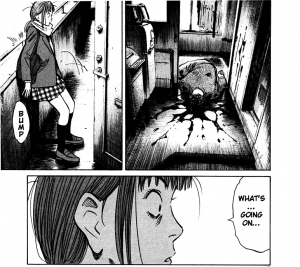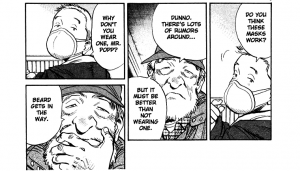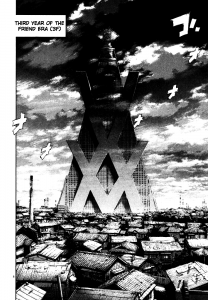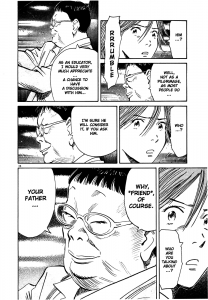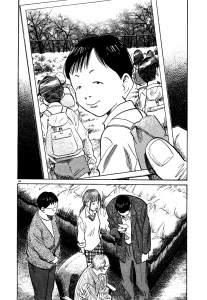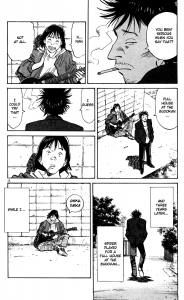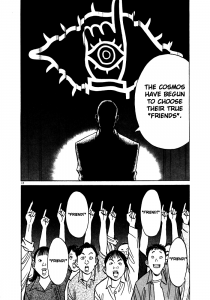I finally finished reading 20th Century Boys. I thought I finished reading it, then I discovered there’s also 21th Century Boys, two more volumes that complete the manga properly.

That was one of the first mangas I’ve ever read. As early as 2003. When just 4 volumes were translated.
By the 16th volume or so, I felt that the author started to get tired of himself. Reuse of same poses, and same twists over an over again.
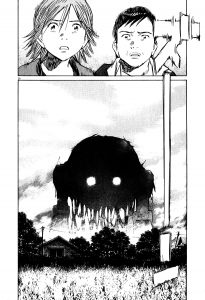
Notice how almost every character gets a redemption arc in the end.
Even Number 13.

Even Sadakiyo.

Even Manjome.

It’s never late to say you’re sorry.




